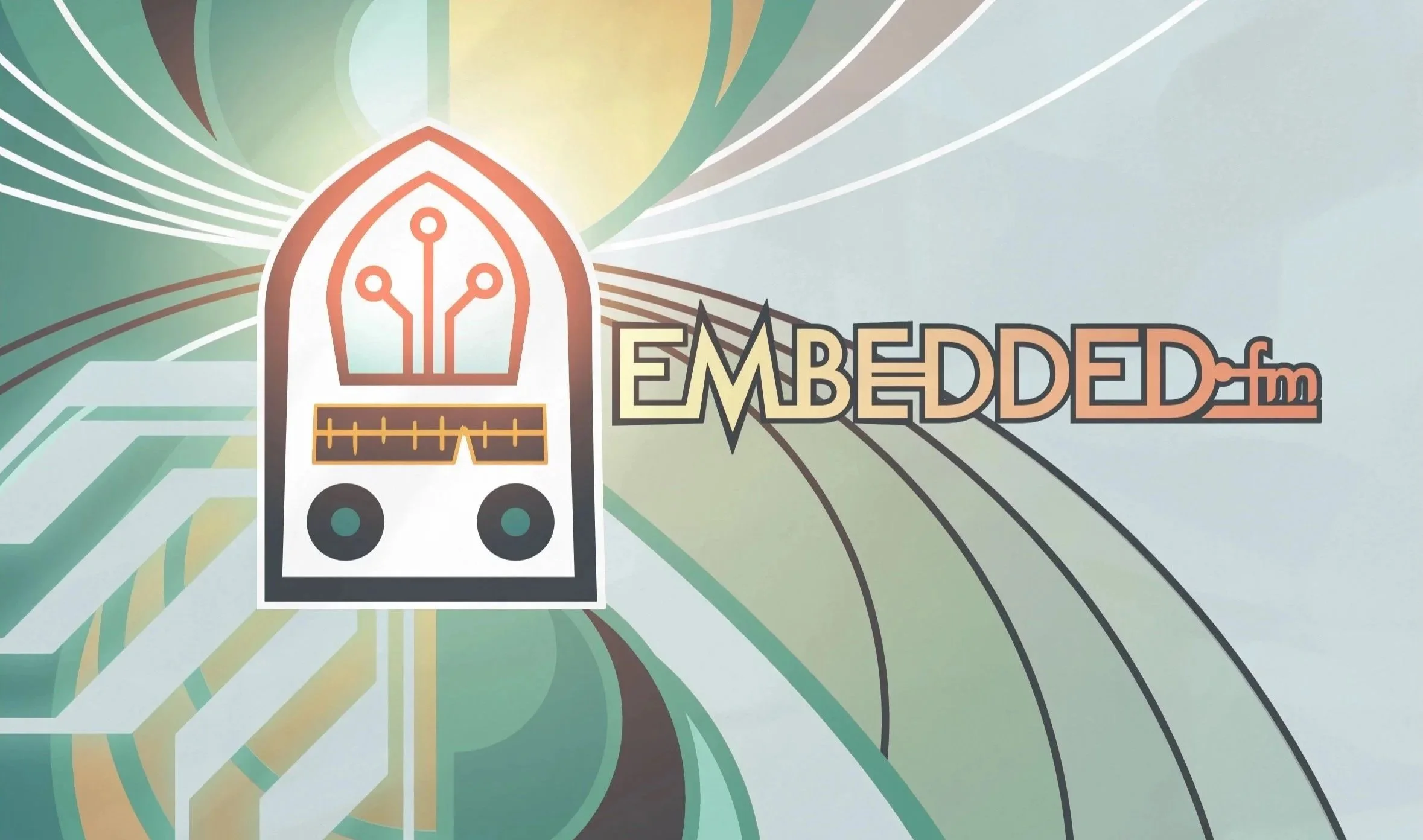514: Just Turn Off All the Computers
Philip Koopman joined us to talk about embedded systems becoming embodied and intelligent. We focus on the safety considerations of making an intelligent and embodied device.
Phil’s new book is Embodied AI Safety: Reimagining safety engineering for artificial intelligence in physical systems. It uses robotaxis as an example as it discusses safety, security, human/computer interface, AI, and a bit of legal theory for tort negligence.
If you’d like a taster, Phil gave a wonderful summary in his video: Keynote Talk: Embodied AI Safety
This new book is intended for a wider (less devotedly technical) audience than his book How Safe Is Safe Enough?: Measuring and Predicting Autonomous Vehicle Safety.
Phil was last on the show in episode 473: Math Is Not the Answer where we spoke about his book Understanding Checksums and Cyclic Redundancy Checks





